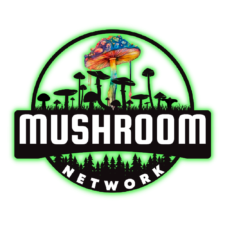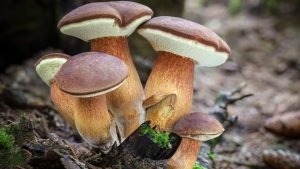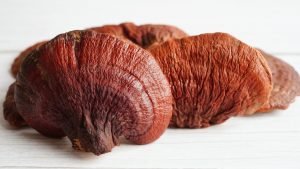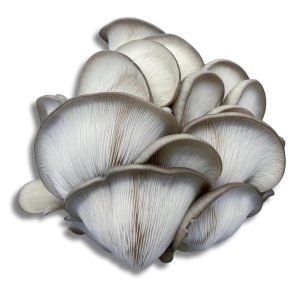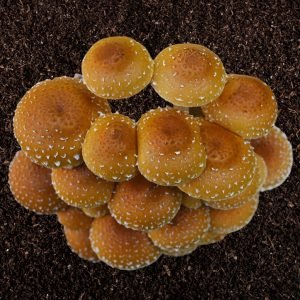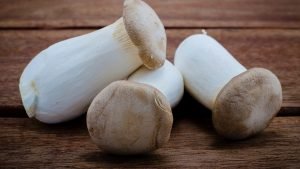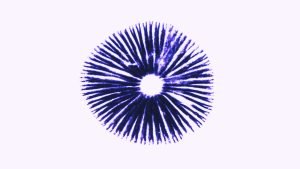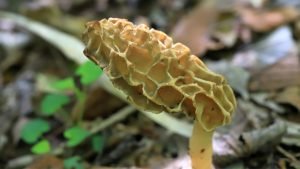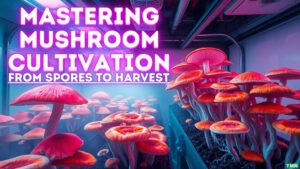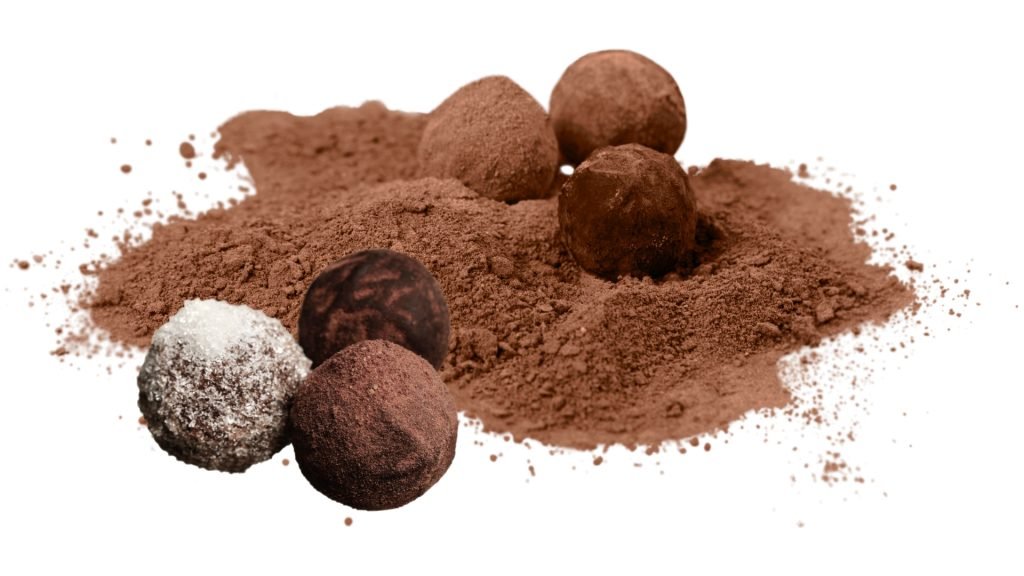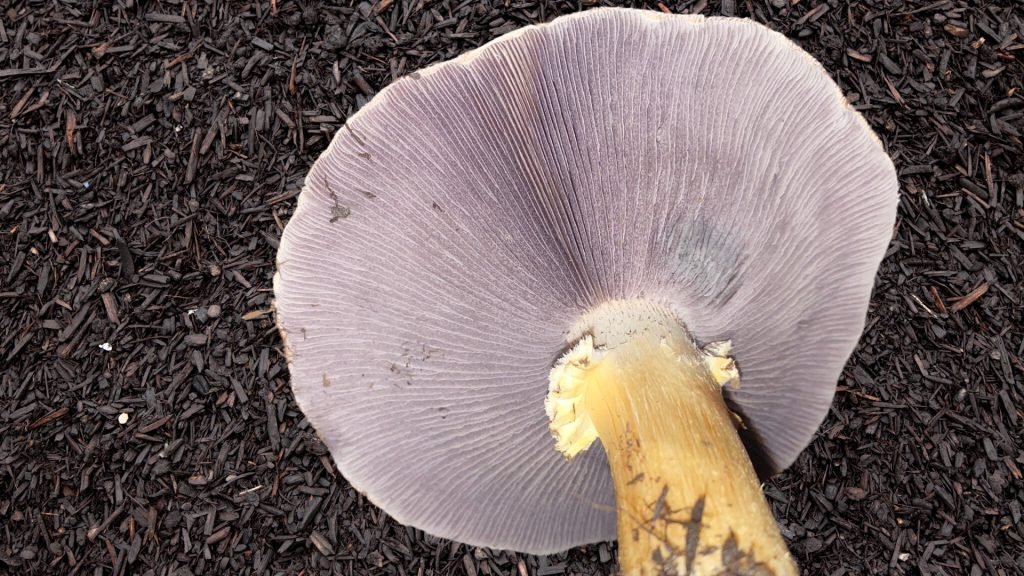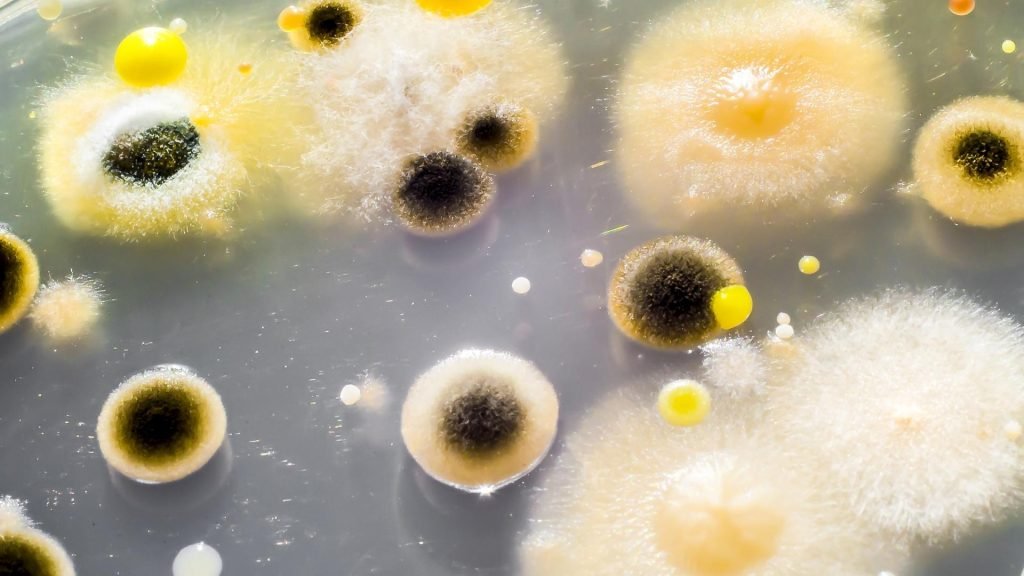Hello, esteemed mycophiles and curious minds alike! Whether you’re a seasoned mycologist or a fledgling fungus fanatic, we’ve got a treat for you. Prepare to dive into the fascinating world of fungi, where science meets wonder. So, grab your magnifying glass, and let’s embark on a spore-filled adventure!
SCIENTIFIC NAME:
(Imleria Badia)
COMMON NAME(S):
Bay Bolete | Chestnut Bolete | Curiosity Cap | Woodland Wonder
I-NAME:
BAYB
Founding Mycologist/Discovered By:
Originally described by Elias Magnus Fries, the renowned Swedish mycologist, Imleria Badia was later reclassified, but the legacy of Fries’ discovery still enriches our mycological databases!
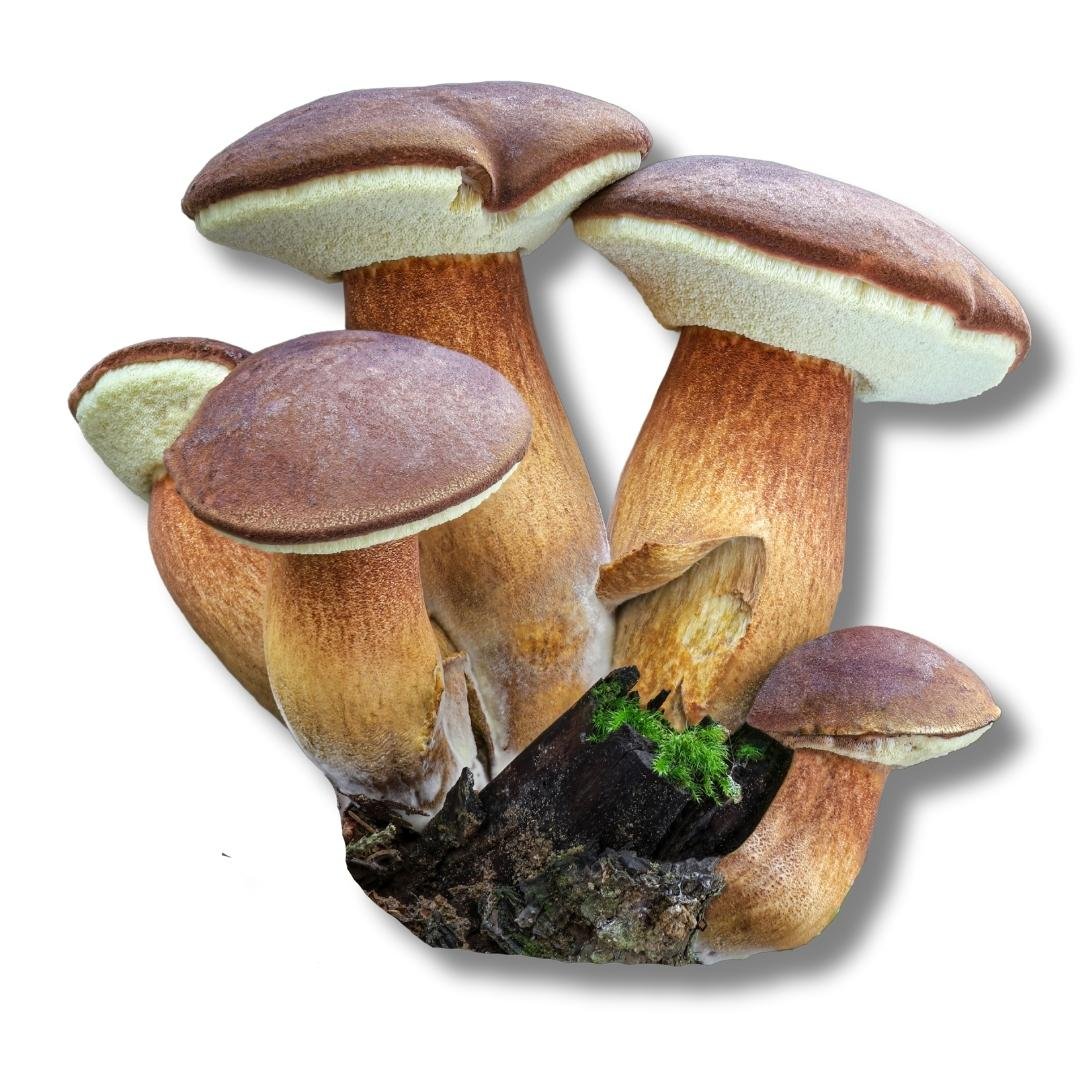
SPORE COLOR:
BROWN
Whispered about in the dense woods, the Bay Bolete is a true woodland treasure. Its rich, chestnut cap and stout stature make it a distinguished presence amidst the leaf litter. Come along as we unearth the secrets of Imleria Badia, a mushroom as delectable as it is beautiful.
DESCRIPTION:
Sporting a smooth, bay-brown cap that spans 5-15 cm, the Bay Bolete stands proud with its robust stem. Its surface is dotted with a network of fine pores, exuding an earthy aroma that whispers tales of the forest. This mushroom isn’t just a feast for the eyes but has graced many historical plates with its nutty flavor.
INTENDED USES:

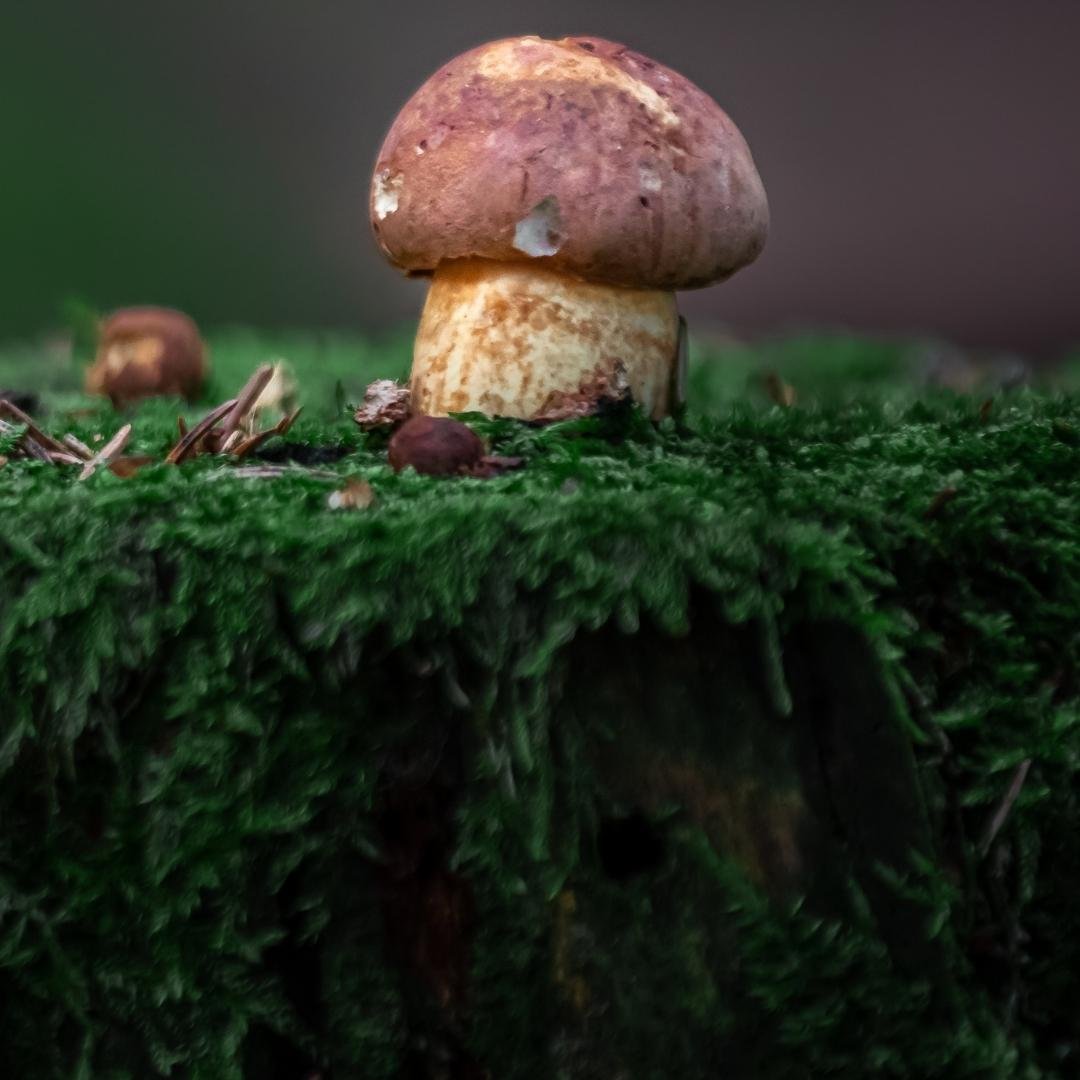
HISTORICAL & CULTURAL INFO:
Imleria Badia is part of the Boletaceae family, cousins to the famed porcini. Its lineage is rooted deep in the woodlands of the Northern Hemisphere, with a history intertwined with European culinary traditions.
GENETIC LINEAGE/HISTORY:
In European folklore, the Bay Bolete is more than a mushroom; it’s a symbol of the forest’s generosity. It has graced tables for centuries, featuring in folklore and cuisines, and remains a cherished find for foragers.
No posts found!
CHEMICAL COMPOSITION:
Nutritionally, Imleria Badia is rich in vitamins and minerals. Its chemical makeup is a cornucopia of compounds that have nourished humans and animals alike through the ages.
HEALTH BENEFITS (if applicable):
While not hailed as medicinal, the Bay Bolete’s nutritional profile makes it a healthy addition to any diet. Its fibers and vitamins support a balanced, nature-inspired lifestyle.
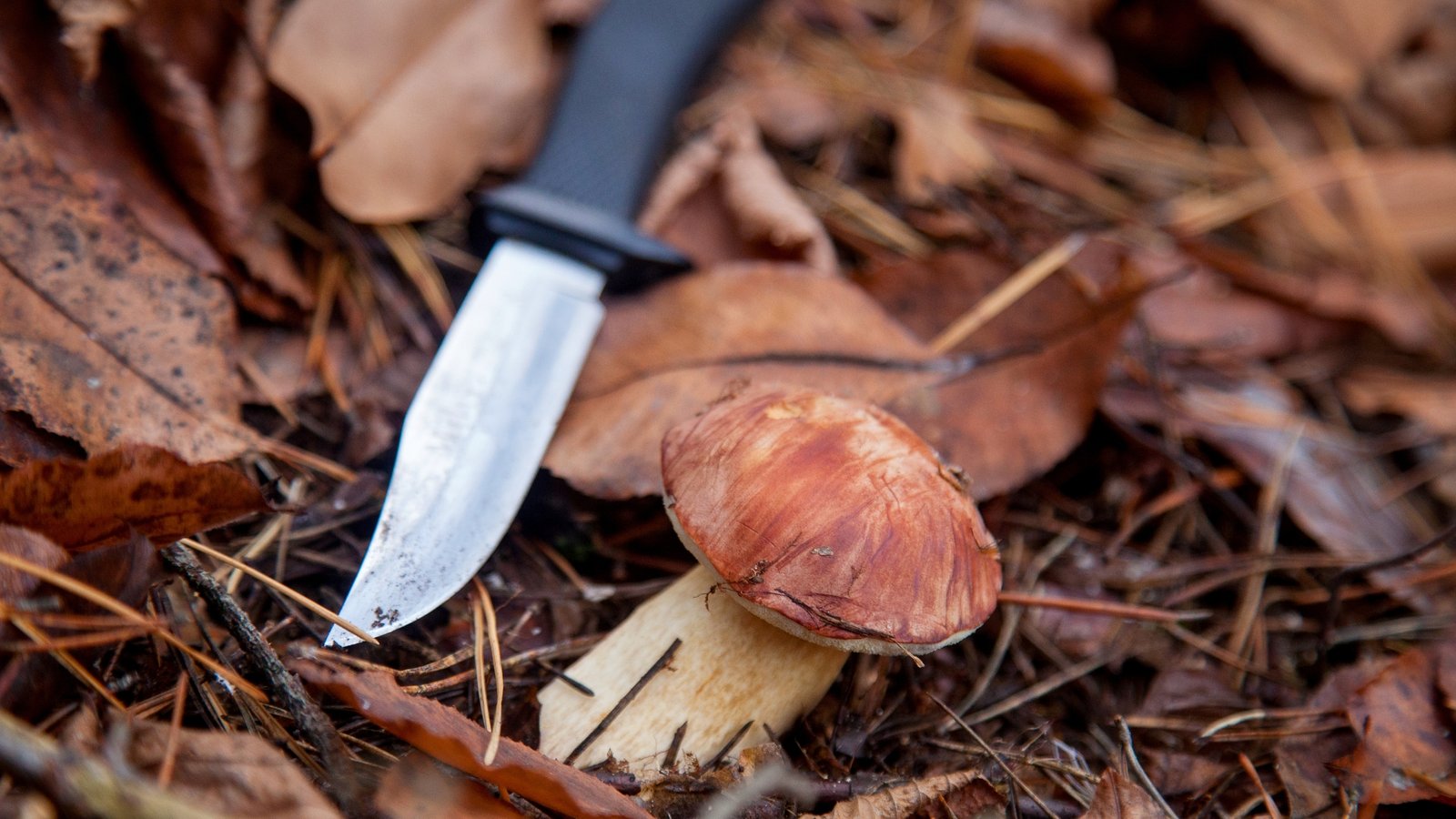
CAUTIONS & WARNINGS:
Always ensure correct identification before consumption. While Imleria Badia is a safe and edible mushroom, it has look-alikes that may not be as forgiving. When in doubt, consult an expert.
It is important to consult a doctor before consuming any mushrooms, especially if you have a pre-existing medical condition or are taking medication.
FINAL CONSIDERATIONS:
The Bay Bolete is a testament to nature’s bounty. Don’t miss the chance to explore the rich tapestry of its history and flavors. Visit our 🍄 Marketplace, where the world of fungi awaits at your fingertips.
Don’t let this fungal delight slip through your fingers! Our stock of Bay Bolete products moves as swiftly as the autumn winds. Secure your piece of the forest today!
Don’t forget to check out the 🍄 Mushroom Network’s Marketplace to see what’s available. But hurry, our shelves are constantly evolving, and you wouldn’t want to miss out on this wonderful mushroom. Join our growing network of Patrons, Genetics, and Mycologist Vendors only on the 🍄 Mushroom Network!
No posts found!
No posts found!
While typically wild-foraged, there have been successful attempts at cultivating Imleria Badia, making it a fascinating prospect for aspiring mycologists.
Absolutely! Its distinctive features make it a great introductory mushroom for budding foragers.
Imleria Badia can be distinguished by its bay-brown cap, yellow-brown to olive pores that turn blue when bruised, and a net-like pattern on its stem. Always cross-check with a field guide or consult an expert for accurate identification.
The Bay Bolete is predominantly found in European woodlands, particularly under conifers and broad-leaved trees. It thrives in a symbiotic relationship with the roots of living trees.
Imleria Badia typically fruits from late summer to late autumn. The peak season may vary depending on regional climate and weather patterns.
Freshly foraged Bay Boletes should be stored in a breathable container like a paper bag or basket and kept in a cool place. For longer storage, they can be dried, frozen, or pickled.
While Imleria Badia is generally easy to identify, it’s important to be cautious as there are toxic species with some resemblance. Always forage with a knowledgeable guide or consult reliable resources.
Sustainable foraging practices are crucial. Avoid over-harvesting and damaging the mycelium to ensure the continued health and abundance of Imleria Badia populations.
While typically found in the wild, there have been successful attempts to cultivate Imleria Badia using mycorrhizal inoculation techniques. However, it remains a challenging species to cultivate for most hobbyists.
The Bay Bolete is a versatile mushroom in the kitchen, excellent in stews, soups, sautéed dishes, and as a meat substitute. Its nutty flavor enriches any recipe calling for mushrooms.
Related Articles:
Bay Bolete (Imleria Badia)
Hello, esteemed mycophiles and curious minds alike! Whether you’re a seasoned mycologist or a fledgling...
Read More...Other Mushroom Species To Research:
Red Reishi (Ganoderma Lucidum)
Welcome to the illustrious world of fungi, where each mushroom carries its own unique story...
Read More...King Blue Oyster (Pleurotus Ostreatus)
Scientific Name: Pleurotus Ostreatus COMMON NAME(S): King Blue Oyster | Blue Oyster | Blue Pearl...
Read More...Chestnut (Pholiota Adiposa)
SCIENTIFIC NAME: (Pholiota Adiposa) COMMON NAME(S): Chestnut Mushroom | Shimeji | Chestnut Bolete | Chestnut...
Read More...King Oyster (Pleurotus Eryngii)
Scientific Name: Pleurotus Eryngii COMMON NAME(S): King Trumpet Mushroom | French Horn Mushroom | King...
Read More...Other Recommended Reads:
Microscopic Marvels: Exploring Mushroom Identification Through Microscopy
One of the fascinating aspects of mycology, the study of fungi, is mushroom identification. Identifying...
Read More...Substrate for Mycology: A Comprehensive Guide on Using Cardboard
An often-overlooked resource, cardboard not only encases our goods but also serves as a treasure...
Read More...Gourmet Galaxies: A Culinary Tour of Edible Mushrooms
About This Article: Embark on a flavor-filled voyage with ‘Gourmet Galaxies,’ exploring the culinary wonders...
Read More...Mastering Mushroom Cultivation – From Spores to Harvest
About This Article: Unlock the world of home mushroom cultivation with this comprehensive guide! Discover...
Read More...Whoa there, Spore Sport! 🍄 Looks like you’re not logged in yet. Don’t you know what you’re missing? MYCO-CREDITS! Imagine all the fungal fun you could have. It’s like finding a Morel in May and not picking it. Tragic, right? Log In or Become a Myco-Patron and start racking up those credits. It’s more rewarding than finding a mushroom in your backyard! 🌟🏡
